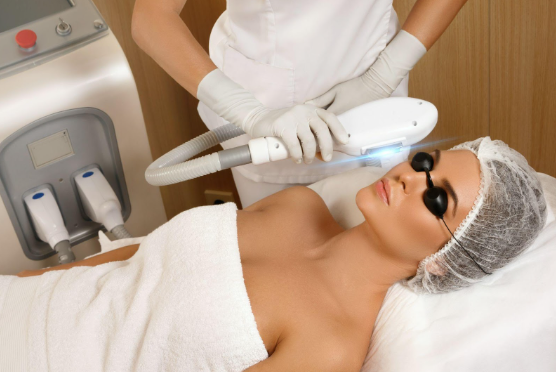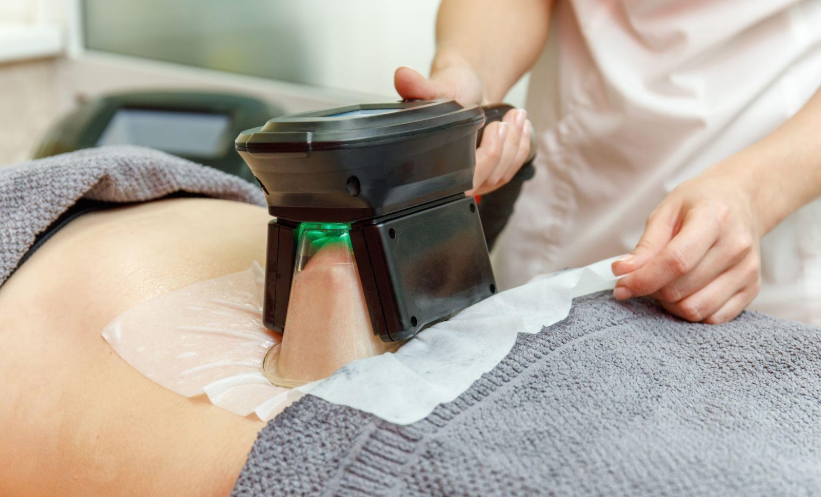Understanding Rosacea Symptoms, Triggers, and Treatment Options
Rosacea is a chronic skin condition that has been found to affect more than 14 million Americans. While its exact cause remains unknown, medical experts have identified key triggers and effective treatment options to help manage symptoms.
As April marks Rosacea Awareness Month, it is an ideal time to shed light on this condition and provide helpful insights for those affected. At
Northshore Dermatology, we specialize in diagnosing and treating rosacea, ensuring patients receive personalized care to maintain healthy, radiant skin.
What Is Rosacea?
It is a common skin issue that often begins with a tendency to blush or flush easily and is mostly observed in individuals with:
- Celtic or Scandinavian ancestry
- Ages between 30 and 50
- Being Caucasian
- Being female
- Family history of rosacea
- Fair skin tone and green or blue eyes
The condition often progresses in stages, with symptoms worsening over time if left untreated.
Rosacea can present in different subtypes, including:
Erythematotelangiectatic Rosacea (ETR)
Characterized by persistent redness, flushing, and visible blood vessels, ETR is one of the most common subtypes of rosacea. Many individuals with ETR experience a burning or stinging sensation on the skin, especially when exposed to certain triggers like heat, wind, or spicy foods. Over time, the redness may become more pronounced, making it essential to adopt a skincare routine that helps soothe and protect sensitive skin.
Papulopustular Rosacea
This subtype resembles acne with pus-filled bumps and inflammation, often leading to discomfort and self-consciousness. The breakouts typically appear on the central face, including the cheeks, nose, and chin, and may be accompanied by swelling. Unlike acne, however, papulopustular rosacea does not produce blackheads or whiteheads, and flare-ups can last for weeks or months if left untreated.
Phymatous Rosacea
Phymatous rosacea causes thickening of the skin, often affecting the nose (rhinophyma), making it appear swollen and bulbous. This subtype is more common in men and tends to develop gradually over time. In severe cases, phymatous rosacea can lead to significant changes in facial structure, requiring medical intervention such as laser therapy or surgical procedures to correct excessive tissue growth.
Ocular Rosacea
Ocular rosacea affects the eyes, leading to irritation, redness, and swollen eyelids. Individuals with this subtype may experience dry, gritty, or burning sensations in their eyes, sometimes accompanied by sensitivity to light. If left untreated, ocular rosacea can lead to complications such as blurred vision or corneal damage, making early diagnosis and treatment crucial for maintaining eye health.
Common Triggers of Rosacea
While the exact cause of rosacea is unknown, several environmental and lifestyle factors have been linked to flareups. Identifying and avoiding these triggers can significantly reduce symptoms and improve skin health.
Some of the most common triggers are:
1. Sun Exposure
UV rays are one of the primary triggers for rosacea. Wearing broad-spectrum sunscreen daily and seeking shade can help protect sensitive skin.
2. Hot or Cold Weather
Extreme temperatures, strong winds, and humidity changes can exacerbate rosacea symptoms. Protecting the skin with appropriate clothing and skincare products can help.
3. Spicy Foods and Alcohol
Certain foods, such as hot peppers, caffeine, and alcoholic beverages (especially red wine), can trigger rosacea flare-ups.
4. Stress and Emotional Changes
Emotional stress, anxiety, and embarrassment often contribute to facial flushing. Stress management techniques such as yoga, meditation, and deep breathing exercises may help.
5. Skincare and Cosmetic Products
Harsh skincare products containing alcohol, fragrances, or exfoliating agents can irritate sensitive skin. Opting for gentle, fragrance-free products recommended by dermatologists is ideal.
Treatment Options for Rosacea
Although there is no permanent cure for rosacea, various treatments can help manage symptoms and prevent flare-ups. At Northshore Dermatology, we offer a range of effective treatment options tailored to individual needs.
1. Topical Medications
Dermatologists may prescribe topical treatments to reduce redness and inflammation. Common options include:
- Metronidazole: An antibiotic that helps decrease inflammation.
- Azelaic Acid: Reduces redness and controls bacterial growth.
- Brimonidine Gel: Temporarily constricts blood vessels, minimizing redness.
2. Oral Medications
For moderate to severe rosacea, oral antibiotics like doxycycline or tetracycline may be prescribed to reduce inflammation. In some cases, low-dose isotretinoin may be recommended for severe, persistent cases.
3. Laser and Light Therapies
Laser treatments, such as Intense Pulsed Light (IPL) therapy, can effectively target visible blood vessels and reduce redness. These procedures are safe and minimally invasive, often yielding long-lasting results.
4. Skincare and Lifestyle Modifications
Implementing a rosacea-friendly skincare routine is crucial for symptom management. Key recommendations include:
- Using mild, fragrance-free cleansers.
- Applying a daily moisturizer with SPF 30 or higher.
- Avoiding aggressive exfoliation or scrubbing.
- Identifying personal triggers and making necessary lifestyle adjustments.
5. Dietary and Supplementary Support
Incorporating anti-inflammatory foods such as omega-3 fatty acids, green tea, and probiotics may support skin health. Some individuals benefit from vitamin and mineral supplements, such as zinc and niacinamide, which have been linked to reduced inflammation.
Seeking Professional Dermatological Care
Rosacea can be challenging to manage without professional guidance. If you experience persistent redness, facial discomfort, or other symptoms associated with rosacea, seeking expert dermatological care is essential. At Northshore Dermatology, our dermatologists specialize in diagnosing and treating rosacea with personalized treatment plans tailored to each patient's unique needs.
Rosacea Awareness Month serves as a reminder that those affected by this condition are not alone. With proper treatment, lifestyle adjustments, and professional dermatological care, managing rosacea is entirely possible. If you or a loved one is struggling with rosacea,
schedule a consultation with our experts at
Northshore Dermatology today to explore the best treatment options for your skin.


